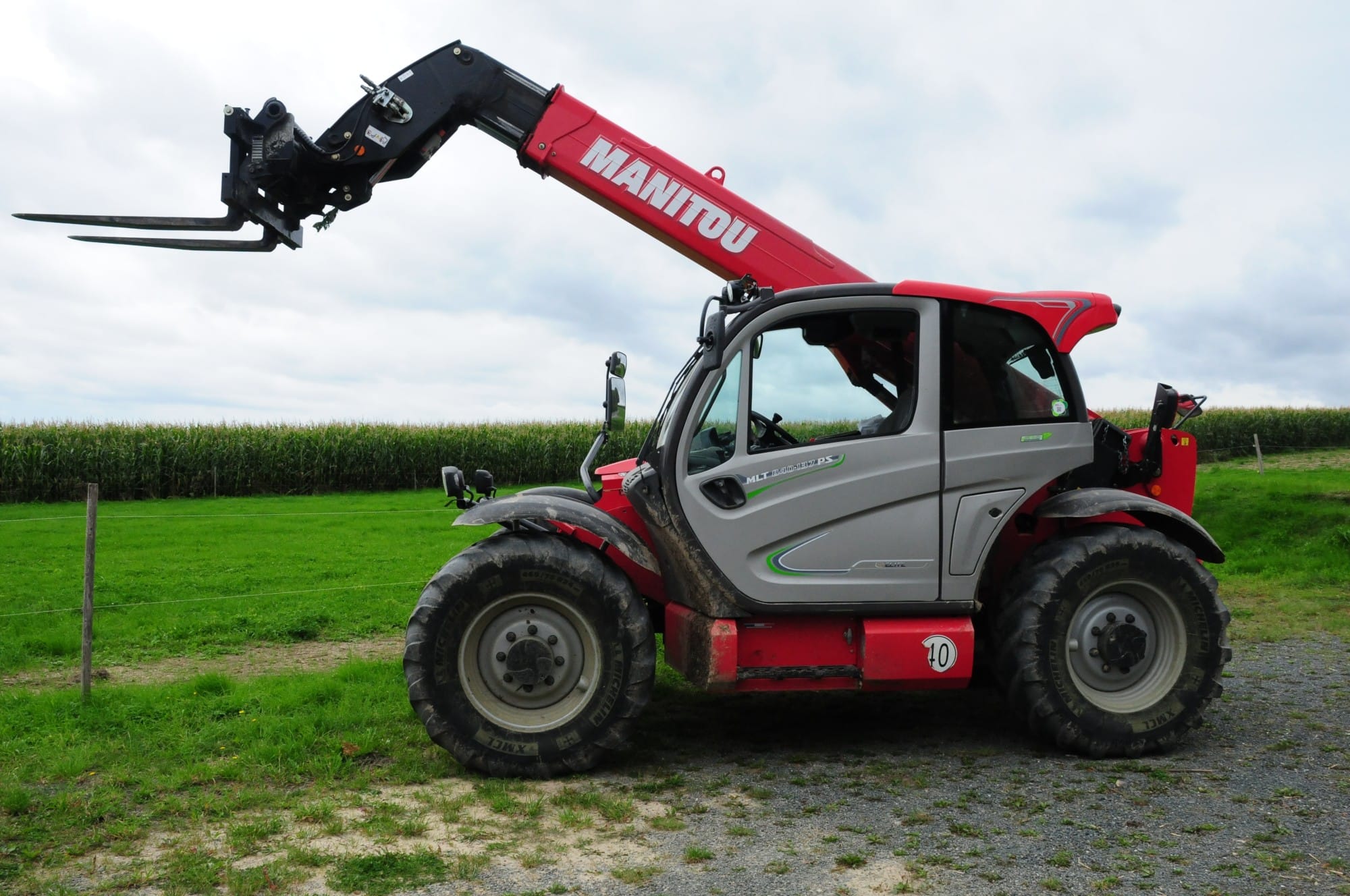When it comes to getting work done, every industry has tools that are vital for helping to keep the modern world functioning properly.
One of these tools is the forklift.
Believe it or not, there are different types of forklifts. They come in a variety of sizes, and each is designed for a specific use. For example, there are types of forklifts used in warehouses and forklifts used on various job sizes to help move heavy freight from one spot to another.
This article takes a look at the different types of forklifts and what they are used for. Keep reading to discover insight into these amazing and powerful machines.
Class I
The first type of lift is known as Electric Motor Rider Trucks. These machines are typically designed for sit-down operation and utilize a counterbalance for increased stability.
This type of lift truck is extremely versatile, making them popular for loading trucks and for moving pallets in and out of overhead racks.
Class II
Electric Motor Narrow Aisle Trucks offer tremendous maneuverability do to size and wheelbase. This type of lift is great for small warehouses or spaces with limited driving area for moving freight.
Class II lifts are ideal for use as stock pickers and typically weigh between 2,000 and 5,000 lbs.
Class III
Electric Motor Hand Trucks are ideal for small areas with limited space. They are also useful in warehouses for moving loads that have already been lowered by larger types of lifts, and they can be used within retail spaces where safety and limited space are of prime concern.
Hand trucks are easy to operate, require minimal training, and represent a much more affordable option for smaller companies with limited equipment budgets.
Class IV
Internal Combustion Engine Trucks (solid tires) are sit-down lifts that feature solid tires. These are much bigger and heavy than the first three types of lifts on this list and are able to perform bigger tasks and moves larger loads due to size and weight.
Class V
Internal Combustion Engine Trucks with pneumatic tires are very similar to Class IV lifts but feature pneumatic tires. The difference is very important because pneumatic tires are less susceptible to punctures when working in environments where more ground hazards are present.
Class VI
Electric and Internal Combustion Engine Tractors, or tuggers, are great for pulling loads around when lifting isn’t required. They can be electric or gas-powered, and offer a wide variety of applications in warehouses and other environments.
Class VII
Rough Terrain Forklift Trucks are heavy duty and designed specifically to be powered by diesel fuel. They can be driving on dirty surfaces and are capable of moving huge loads.
Ariel Lifts
Ariel Lifts are designed with a singer-operator boom. This enables them to reach far higher than other types of lifts.
The Most Common Types of Forklifts
When it comes to getting the job done right, it’s important to have the right tools for the job. Fortunately, this list of common types of forklifts can help.
Click here to learn 5 things you need to know before renting a forklift.

